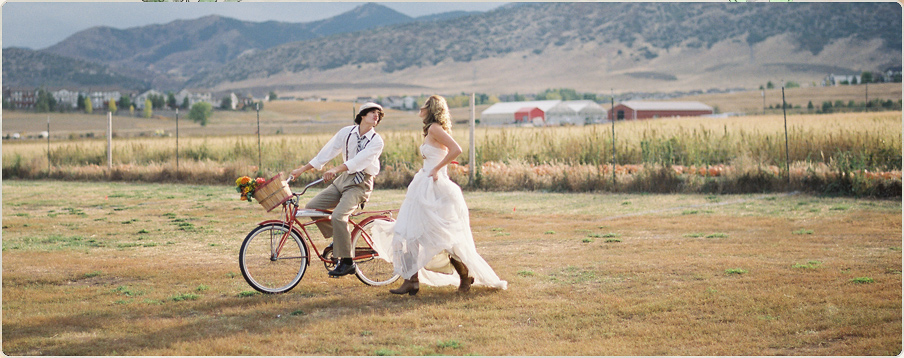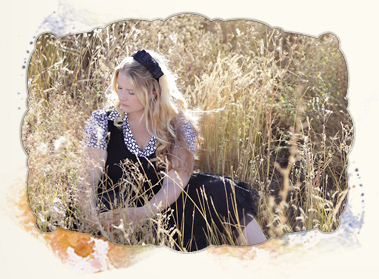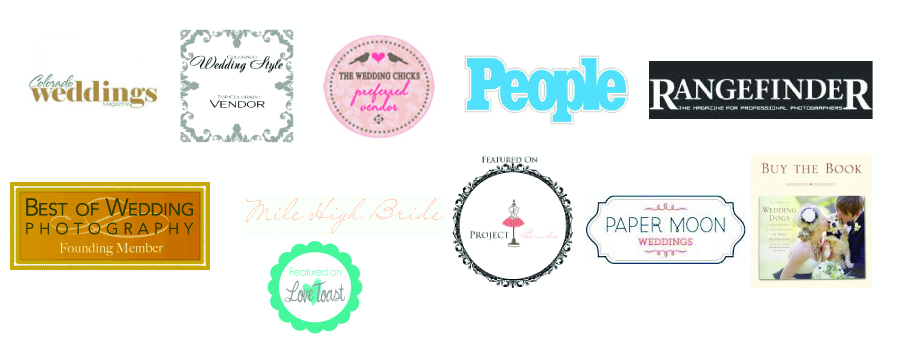Collodion Wet Plate
Wednesday, June 24, 2009 Posted in Colorado Wedding Photographer
I have been in love with the collodion wet plate work of Mathew Brady and others since I was young. Untill recently I had never had the opportunity to learn this very complicated process. For those that don’t know much about the process here is a little from wikipedia. There are very few people world wide using this process. I would say there are less than a dozen here in colorado that even know how to do it.
“The first recorded photography on glass was by Janez Puhar, a Slovene priest, in 1842. In 1851, Frederick Scott Archer introduced a wet plate process, sometimes referred to as the collodion process after the carrier material used. The process is very simple in concept: bromide, iodide or chloride salts were dissolved in collodion, which is a solution of pyroxylin in alcohol and ether. This mixture was poured onto a cleaned glass plate, and allowed to sit for a few seconds. The plate was then placed into a solution of silver nitrate and water, which would convert the iodide, bromide or chloride salts to silver iodide, bromide or chloride, respectively. Once this reaction was complete, the plate was removed from the silver nitrate solution, and exposed in a camera while still wet. It was developed with a solution of iron sulfate, acetic acid and alcohol in water.”
I wanted to share the first 3 plates that I poured, exposed, and varnished myself. We will be using this technique very soon for our wedding clients for both portraits in the studio and for bridal sessions. Stay tuned and please inquire if you are interested.
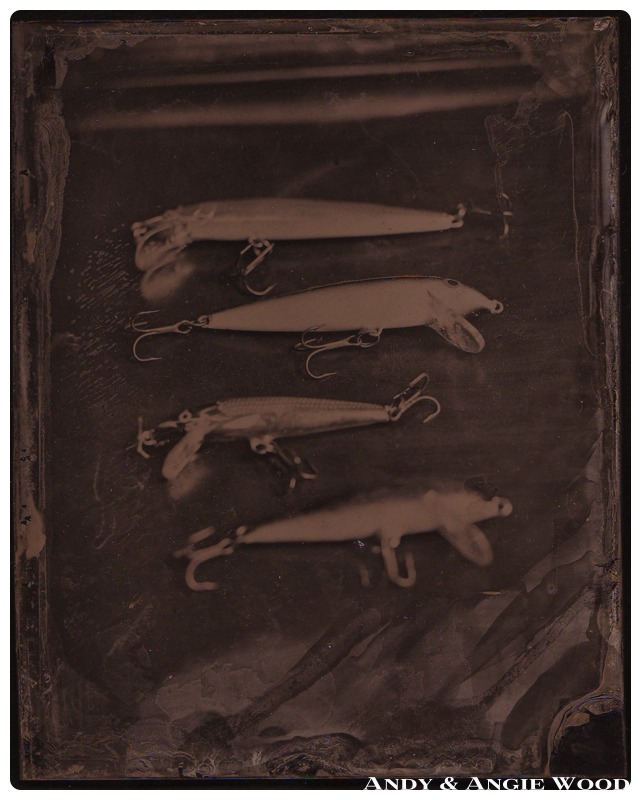
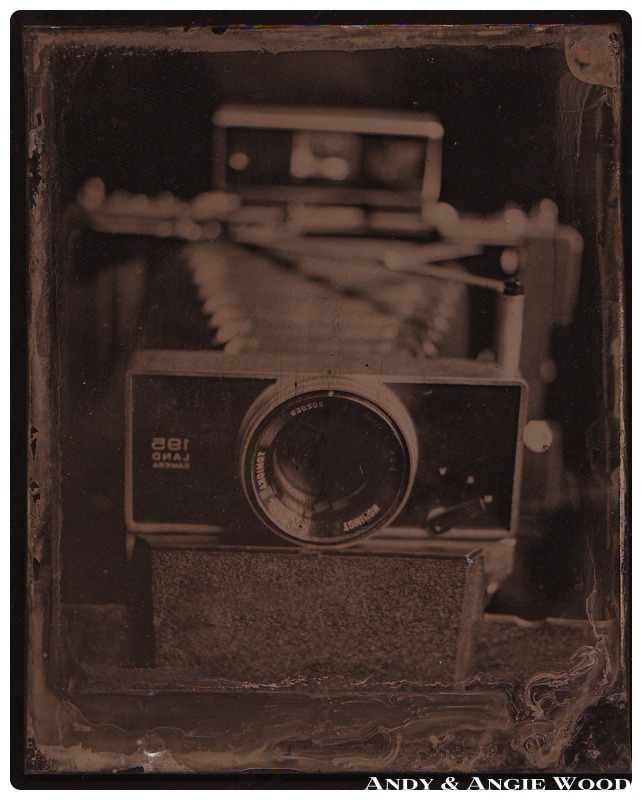
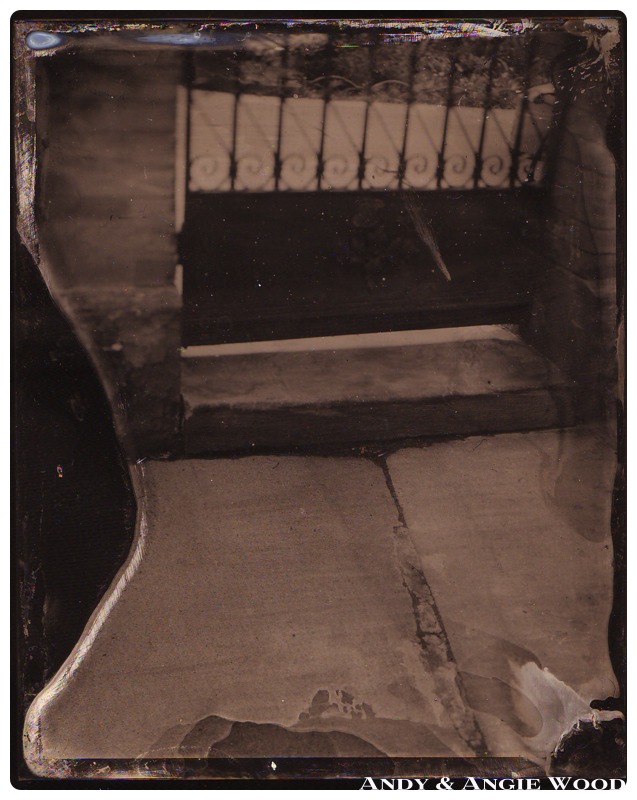
When on a a clear glass plate it can be used as a negative. The image shows up when put against anything black as positive image. We will be shooting on tin as well as blue and red glass.
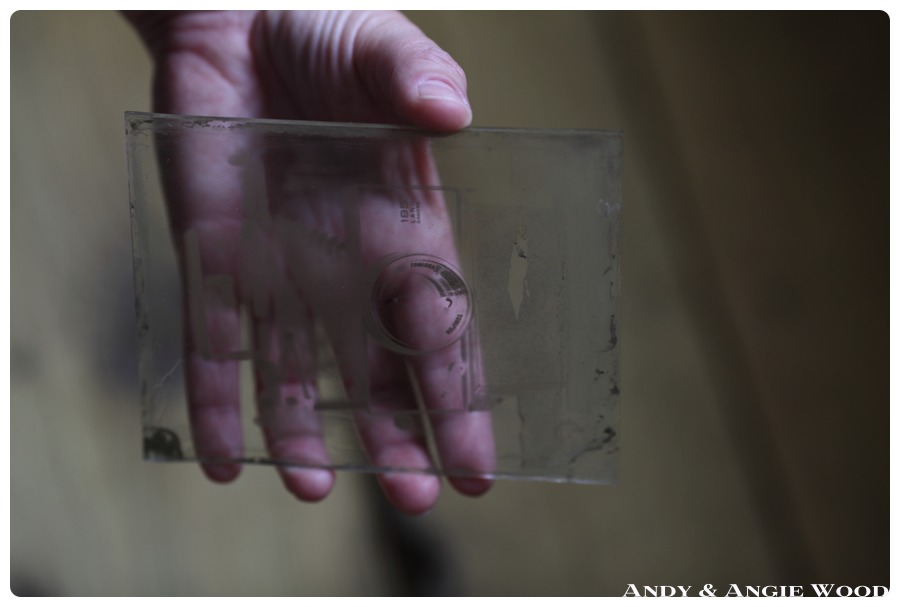
The two pictures in the front are the same process but put on tin. They are called tintypes and you may have a few of these from your own family.
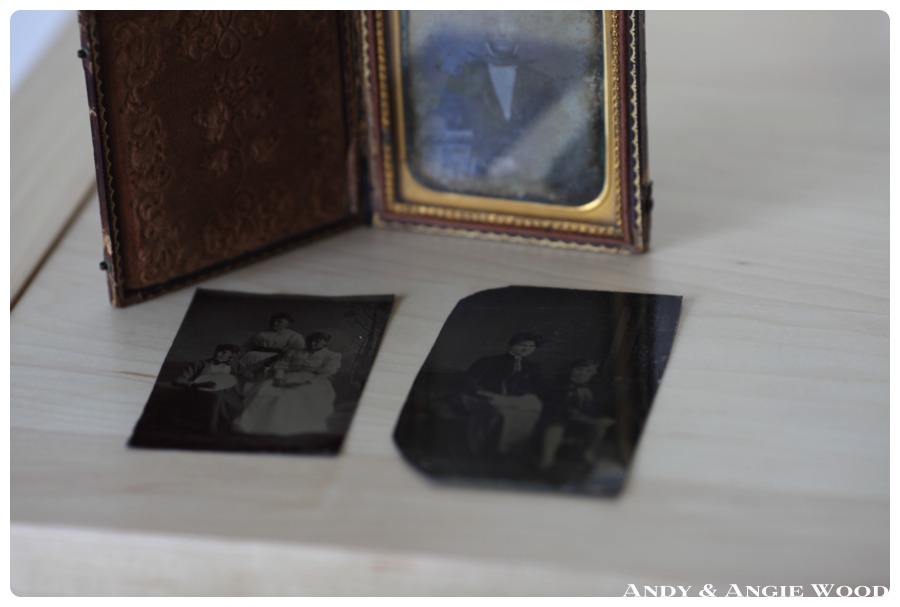
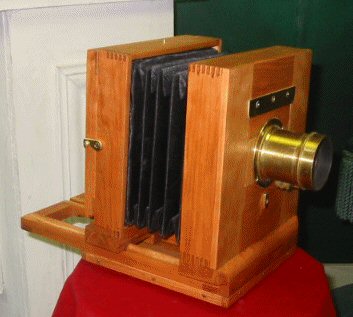
This is going to be my new camera but it is going to be bigger and will accommodate plates as large as 8×10. I have chosen a period lense it was made in 1912 and is a petzval design. (information for all those photographers out there)
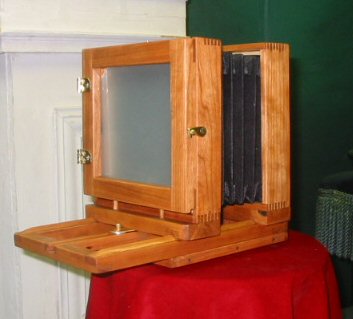
We are super excited about this process and glad we could share it.

